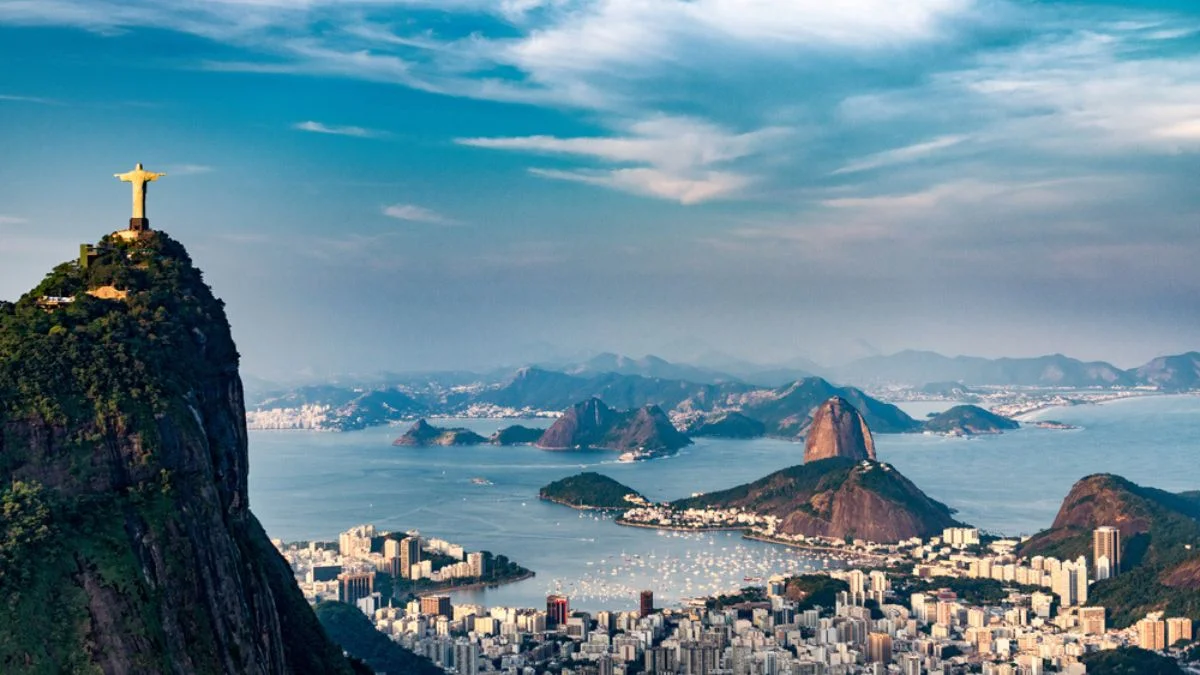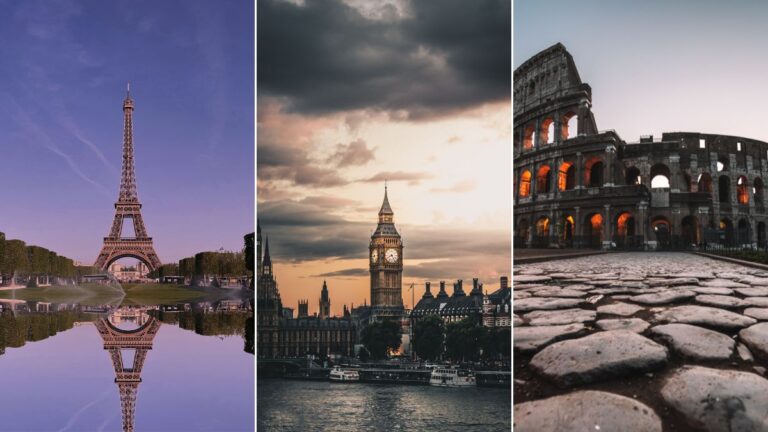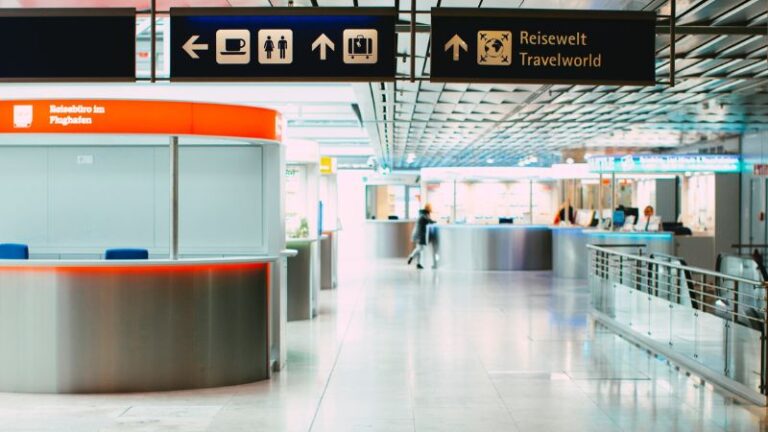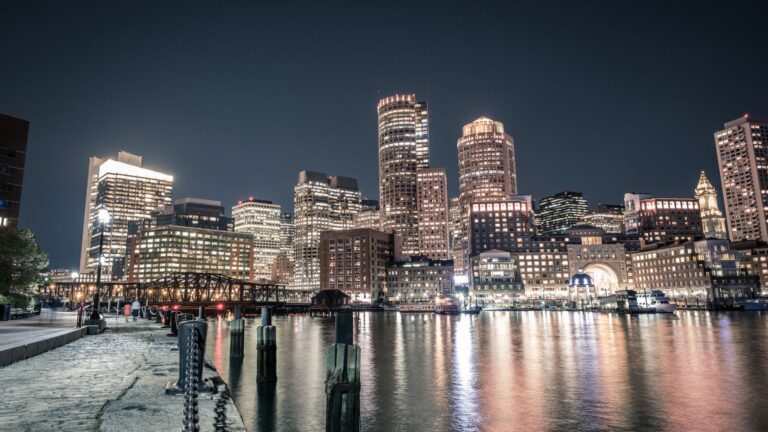10 Unique Places You Need to Visit in Rio de Janeiro

As participants in Amazon Associates and other programs, we earn from qualifying purchases. This comes at no additional cost to you. For more details, see our Affiliate Disclosure.
Rio de Janeiro, a city famed for its breathtaking landscapes and vibrant culture, offers more than just its iconic beaches and the grandeur of Christ the Redeemer. For those willing to explore beyond the usual tourist spots, Rio presents a myriad of unique locations each with its own charm and story. From tranquil gardens hidden among the bustling streets to artistic neighborhoods brimming with colorful murals, this guide will take you through ten must-visit places in Rio that promise an authentic and unforgettable experience.
Santa Teresa Neighborhood
Santa Teresa, with its winding streets and eclectic charm, stands as a favorite among artists and musicians in Rio de Janeiro. This neighborhood boasts a vibrant cultural scene with galleries, studios, and frequent street festivals that celebrate the artistic spirit. The area’s rustic colonial architecture and stunning views of the city make it a picturesque spot for visitors looking for inspiration and a break from the typical tourist paths.
Parque Lage
Nestled at the foot of Corcovado Mountain, Parque Lage is a public park that features lush forests, tranquil ponds, and winding trails that lead to the Christ the Redeemer statue. The park is also home to a historic mansion housing an art school and café, offering a perfect blend of natural beauty and cultural enrichment.
Forte Duque de Caxias
Forte Duque de Caxias, located at the tip of Leme Beach, offers a unique vantage point of Rio’s coastline. The fort is accessible via a scenic hike through a protected area rich in natural flora and fauna. At the summit, visitors can explore the historical fort and enjoy panoramic views of Copacabana and the surrounding ocean.
Ilha Fiscal
Ilha Fiscal is a small island in Guanabara Bay, famous for its Neo-Gothic castle, which looks like something out of a fairy tale. Originally a customs house, it’s now a museum that hosts tours highlighting its architecture and the last imperial ball of Brazil’s monarchy. The island is a short boat ride from the mainland, providing a unique historical excursion.
Real Gabinete Português de Leitura
The Real Gabinete Português de Leitura, or Royal Portuguese Reading Room, houses one of the largest collections of Portuguese literature outside Portugal. Visitors are awestruck by its lavish interior, featuring dark wooden bookshelves, a stained-glass roof, and an ornate chandelier. This library is not only a haven for book lovers but also a stunning example of 19th-century architecture.
Museum of Tomorrow
The Museum of Tomorrow is a science museum that explores the possibilities of our future on Earth through science, technology, and innovation. The museum’s striking modern design, crafted by Spanish architect Santiago Calatrava, mirrors Brazil’s forward-thinking approach to science and culture, making it a must-visit for those interested in the future of our planet.
Selarón Steps
The Selarón Steps, a vibrant set of stairs in Lapa, are covered in over 2,000 colorful tiles collected from over 60 countries around the world. Created by Chilean-born artist Jorge Selarón as a tribute to the Brazilian people, this evolving piece of art is now one of Rio’s most beloved landmarks.
Quinta da Boa Vista
Quinta da Boa Vista is a public park that was once the gardens of the São Cristóvão Palace, the residence of the Brazilian imperial family. Today, it encompasses the National Museum of Brazil, which is being reconstructed after a fire, and a zoological garden. Its large, lush grounds are ideal for picnicking and relaxing away from the city’s hustle.
Tijuca National Park
Tijuca National Park is one of the largest urban rainforests in the world. It offers a variety of outdoor activities like hiking, rock climbing, and waterfall bathing. Visitors can explore the park’s rich biodiversity, marvel at the vistas from its lookout points, or simply enjoy the tranquility of its vast green landscape.
Pedra do Sal
Pedra do Sal, located in the historic port area, is recognized as the birthplace of samba. This small, rocky hill is a key cultural site for the Afro-Brazilian community and hosts lively samba sessions every Monday and Friday night. It’s a great place to immerse yourself in music and dance alongside locals.






